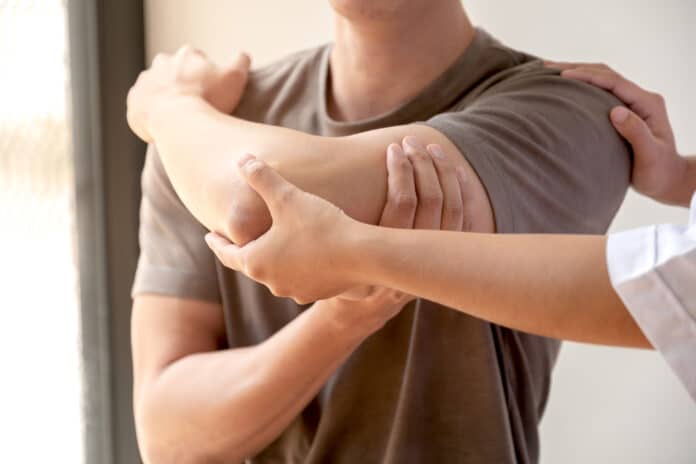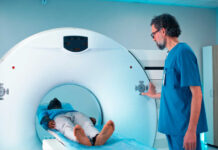
When people talk about how stretching can help your flexibility and mobility, they are talking about active stretching. Active stretching is one of the most effective types of stretching. One of these forms is active stretching, and in this article, we will discuss how effective it is and how it differs from other forms.
What Is Active Stretching?
Active stretching, or static active stretching, is a stretch whose end position you must hold for a set period. It involves contracting your muscles actively (the agonist) to stretch an opposing muscle (the antagonist) without using external force. You usually hold these stretches for about ten to fifteen seconds. The ideal time to do active stretching is after exercise. People who practice yoga are very familiar with active stretching.
How Is Active Stretching Different?
There are different forms of stretching, and though they serve similar functions, you do them differently.
Passive Stretching
While active stretching involves using one muscle to pull another, passive stretching uses external force to provide pull.
Dynamic Stretching
While active stretching is static, dynamic stretching is a movement-based type of stretching. It involves the movement of the body in a controlled motion.
Ballistic stretching
Ballistic stretching is also a movement-based form of stretching. It differs from dynamic in that you try to go beyond the body’s range of motion; it also involves uncontrolled movements that can lead to injuries.
How to Perform Active Stretching
Active stretching is very simple, even though some positions may take a while. It is mainly performed after exercise. It does not need special equipment as you can do it almost anywhere. Here is how you can perform active stretching:
1. Select a target muscle you want to stretch and choose a corresponding pose.
2. Try flexing the agonist muscle or the muscle on the other side of your selected muscle.
3. Hold that position for about ten to fifteen seconds until you feel a stretch on your target muscle.
4. Repeat these steps for your other limbs when you complete your bilateral stretch.
There are different examples of an active stretch; some are active hamstring, triceps, and quad stretch. The active stretching method will be an excellent addition to your workout routine, or you can perform it independently to improve your flexibility. The active stretching method is excellent, but if you have any prior injury, you should avoid it. To avoid any complications, seek the guidance of your doctor before adding it to your routine.


















